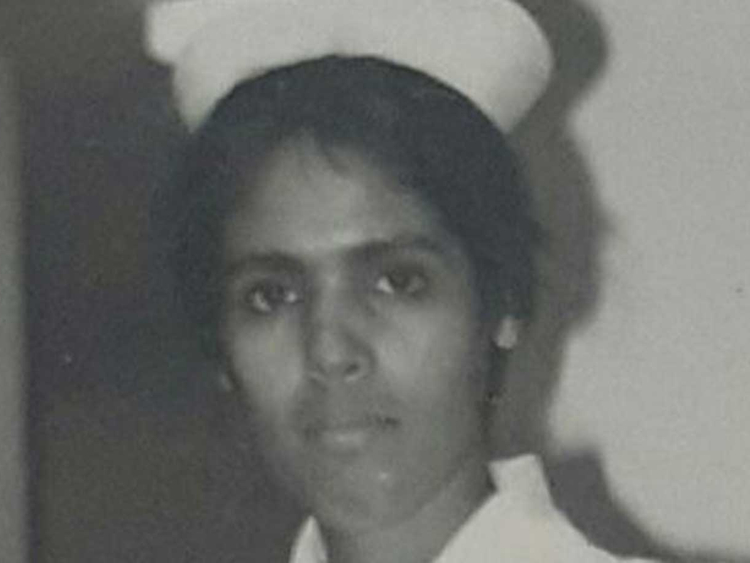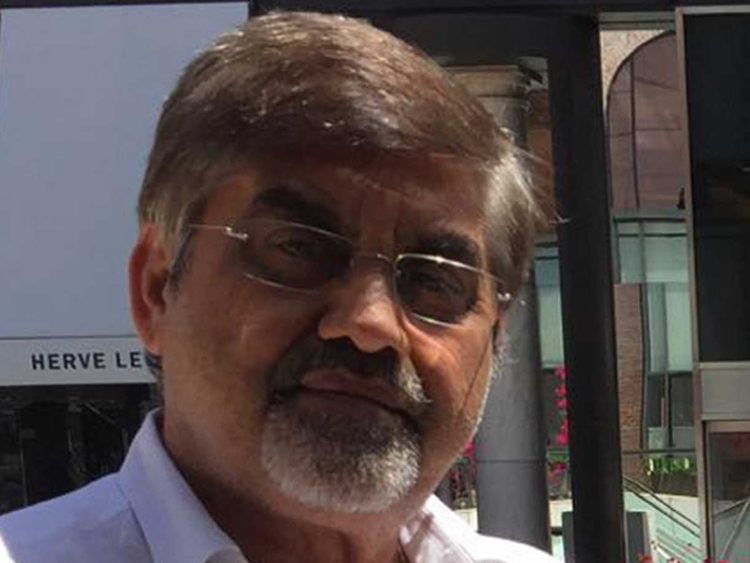Dubai: Among the many emotions the UAE evokes in Indians, one of the strongest is the sense of immediately falling in love with it. For Indians who came to the UAE in the ’70s or even earlier, the simplicity of the country and the warmth of its people were irresistible attractions. Their journey, from considering UAE to be their host country to finally making it their home, has been an organic process during which they not only watched the transformation of the country but also became active players in the transformation.
Gulf News speaks to Indian old-timers in the UAE on their cherished relationship with the country that has been forged by time and circumstance.
Aparna Verma
Educationist, owner of Dubai Scholars and founder director of Scholars International and Clarion International School
Verma, 49, considers herself a true Dubaiian. The city has been her home since she was one year old, in 1967. Her parents, Yashpal and Madhu Verma, had carved a deep niche in the education and construction sectors, before a car crash in 1986 ended their lives. While her father played a role in constructing the Rex Drive-in cinema, in Rashidiya, Maktoum Hospital and many other important landmarks, her mother, Madhu, decided to get into education. She founded the Play Pen Nursery in 1976 which eventually evolved into Dubai Scholars School, a legacy which Aparna took up at the age of 17 after her parents died. She not only had to temporarily suspend her own education, but she had to bring up her younger brothers, Ashwin and Kumar.
“My father dreamt of opening a college in India; my mother, who was vice-president of the Indian Association then, worked hard to set up Dubai Scholars. Education was intrinsic to the values we grew up with,” said Verma.
“My earliest memories of Dubai are of living in Deira, on Maktoum Street, with an uninterrupted view of the Creek. We would drive for nearly six hours to get to the beach at Khor Fakkan. My mother first admitted us to a local Arabic school because she wanted us to mingle with the local community and learn Arabic. They both had very dear Emirati friends.”
Verma decided to continue expanding her parents’ dream of making education the cornerstone of progress. She ran the school, opened two new ventures, put her brothers through higher education and re-continued her own education. Her parents, she said, would not have had it any other way.
“I owe everything to Dubai and want to thank the Rulers for having provided me an opportunity to succeed as a woman,” she said, expressing her gratitude to the UAE which allowed her to realise her dreams.
Ram Buxani,
Chairman of ITL Cosmos Group
At the tender age of 18, Ram Buxani came to Dubai on board a steamer ship, MV Dara, in 1957, with a dream to succeed and support his widowed mother. He had a job as an office assistant with ITL Cosmos on a salary of Rs125. Several decades later, he not only aligned his dreams with that of this country, but managed to work his way to the top, becoming the director of the same company with a partnership stake. “There is no doubt that each and every brick that was added was contributed by Indians who lived in this place without running water, paved roads, electricity or banks. It was a testimony to the resilience and vision of the Indian businessmen then, mainly because the love and respect extended to us by the Rulers and the local people was overwhelming,” said Buxani, 75.
“Our cultures were similar and we all worked with sincerity, honesty, happiness and enthusiasm to build the nation. Today, India is not just considered a human resource supplier of blue and white collar workers to the UAE but a strategic partner and that is a great change in the mindset of people.”
Deepak Arora, architect, proprietor of Golden Diamond Construction
Among Arora’s projects are the design and building of the Swaroski office and showroom in Jebel Ali and the Infiniti and AWR automobile showrooms on Shaikh Zayed Road.
“I came to Dubai in 1976 at the age of 24 as a young architecture graduate,” recalled Arora, 62. ”I came to the UAE and fell in love with its simplicity. As an architect, I had a chance to live in three emirates as I worked on projects. I lived in Ras Al Khaimah working on the city’s planning and building a poultry farm there. I lived in Sharjah and now in Dubai, where I started on my own in 1985.
The dramatic infrastructure leap over the last two decades [in Dubai] impresses me. I would say from ’76-’85, there was very little development and life moved at a steady pace. In 1985, after the opening of the Jebel Ali free zone, the momentum began, with a quantum leap in 1990 after the Gulf War and, eventually, when freehold land ownership was opened up in 2000, there was an explosion on the development front. As an architect, I admire the design and quality of the infrastructure that has been built in these two decades, giving UAE a world-class look.”
Marykutty Thankachan, former nurse in Rashid and Latifa hospitals
When Rashid Hospital was constructed and opened its doors to overseas recruitment, Mary Kutty Thankachan, then 26, a graduate from Indore Nursing College in India, was among the first batch of Indian nurses to be selected. She was offered a salary of Dh720 per month with hostel facilities. “I was overjoyed [to be selected] and loved my work here. Rashid Hospital was at the time the biggest hospital that also housed a maternity and a labour wing,” said Thankachan, 62. “We were on our toes, conducting deliveries, but there was so much sincerity, honesty and enthusiasm among us, we enjoyed ourselves thoroughly. Patients who had medical issues simply walked in and were treated for free. In fact, the health card system came into effect in the early ’80s and even then, at the cost of Dh250, it was virtually free,” said Thankachan.
Thankachan worked in Rashid Hospital until 1987 and then moved to Latifa Hospital when it was started as a dedicated maternity, obstetrics and gynaecology facility and worked there until 1994.
“All my children were born and raised here and they love the UAE. I had a tryst with destiny a month ago when I suffered a stroke and had to be admitted to Rashid Hospital where I spent so many years. As a patient, when they got me to the Rashid Hospital emergency and I saw its famous facade, I heaved a sigh of relief ... I was back among loved ones and would get the best treatment.”
Thankachan was discharged last month and is recuperating. She came to Dubai to be with her daughter’s family because the UAE is her true home.
Dr Chandrashekhar Sud
General Physician with Rashid Hospital and Dubai Police
“I was 29 years old and a fresh graduate in medicine from Delhi University when I was offered a job in Shiraz, Iran. On a reconnaissance trip to Iran, I happened to stop by in Dubai to meet friends and instantly liked the place. I was offered a job here and it was destiny that I chose the UAE over Iran,” said Sud, 67.
“Dubai has an inimitable charm. Rashid Hospital and our residential quarters literally marked the end of Dubai with no other buildings beyond that [in 1976]. The Dubai Trade Centre was the tallest building. The Abu Dhabi Road as it was called then was a double carriageway and one had go through Mafraq Hospital, reaching the capital in about three hours. Going to meet friends in Jumeirah Village was like going to another city,” said Sud.
“The recreation we looked forward to was camping in the desert. In later years, two parks, Al Safa and Mushrif, opened, which were considered great weekend getaways. The community was close-knit and we met more than once a week in the evenings to share meals, gossip and have fun. There were no malls or multiplexes then but life was one big party. Work was good too. There were just two hospitals — Rashid and Maktoum — and the moment anyone even so much as sneezed, he would walk into one of the hospitals for medication which was dispensed free of charge.
“Winters were short and summers were hotter and more humid. The transformation the city has undergone in the last decade is amazing but what endears me to my work and my life here is the fact that despite all the changes for the better, at the core, the fabric of the city has remained the same. We still meet our old friends, many of whom choose to be here still. The community remains as close-knit as ever.”











